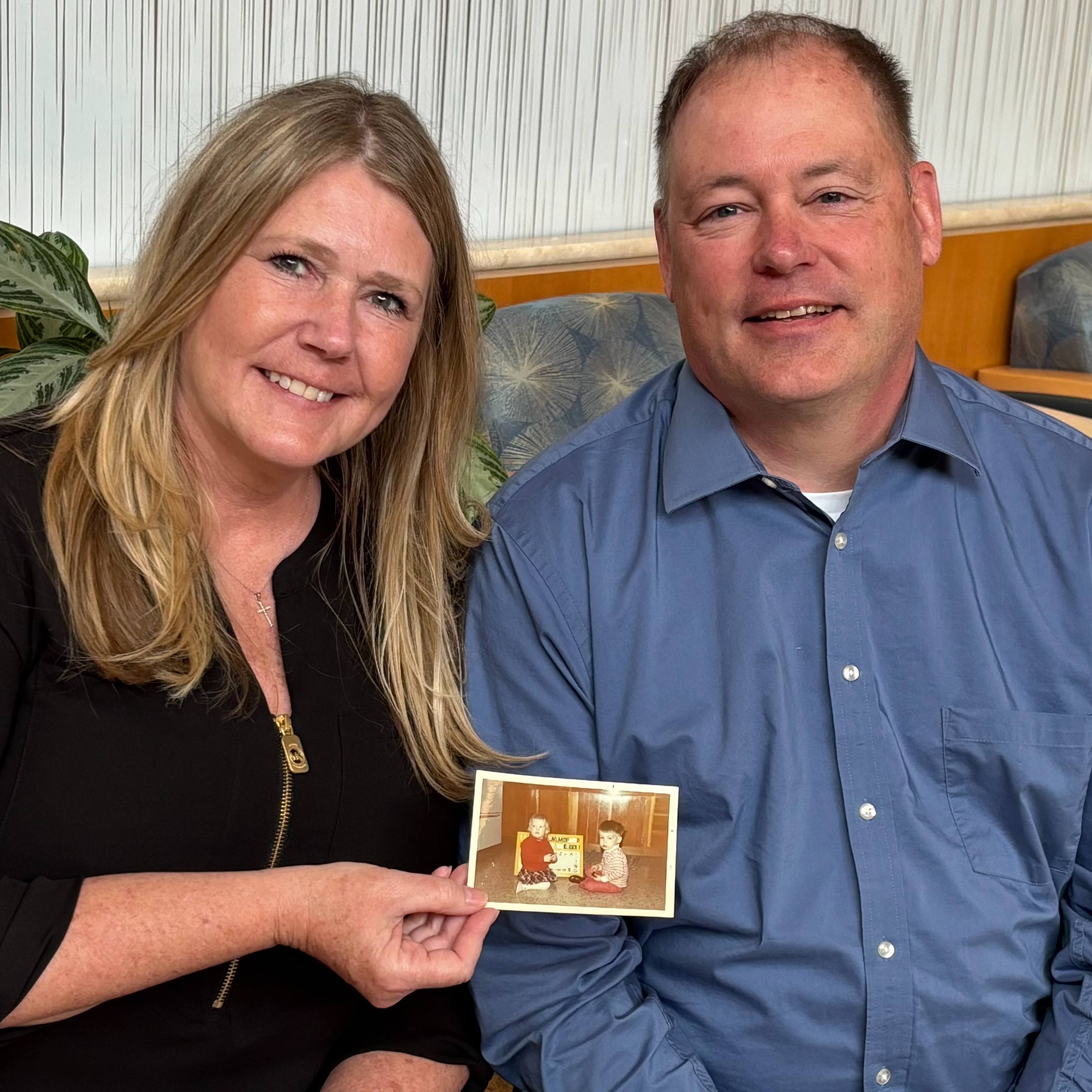-
Travel Souvenir Could be a Flu-like Fungal Infection
ROCHESTER, Minn. — A flu-like illness isn't always the flu. It could be a fungal infection picked up when traveling.
The January issue of Mayo Clinic Health Letter says that knowing symptoms of respiratory fungal infections — and the geographic areas where they are most common — can help tip off patients and their doctors to the source of the illness.

Fungi are common in the environment. Fighting off fungal infections is all in a day's work for a healthy immune system. But sometimes, when fungal spores are inhaled, they take root in the respiratory system. Those at higher risk include older adults, especially those with diabetes, or those who are being treated with chemotherapy, corticosteroid drugs or anti-rejection drugs used after transplant.
Some symptoms of a fungal infection are very similar to more common viral or bacterial infections: fever, cough, chills, headache, night sweats, shortness of breath and joint aches. A few signs that may help differentiate fungal infections from more ordinary infections are chest pain, rash and symptoms that last longer than a typical viral or bacterial infection.
Some of the most common fungal infections are:
Blastomycosis: This infection is caused by a fungus typically found in decomposing organic material. The fungus is common in the Great Lakes area of the Upper Midwest and the southeastern and south central regions of the United States. The spores are released into the air when soil is disturbed by farming, construction or wind.
Coccidioidomycosis: Also known as valley fever, this illness is caused by fungi that thrive in the desert soils of the Southwest. These fungi also can be stirred into the air by anything that disrupts the soil.
Histoplasmosis: The fungus that causes this illness is found in the Midwest along the valleys of the Mississippi, Missouri and Ohio rivers. Fungal spores also may be found in bird and bat droppings. Areas associated with the disease include farms, abandoned buildings, caves and bird roosts.
Since symptoms of fungal infections are easily mistaken for other, more common illnesses, it's wise to alert physicians about recent travel to areas known to be sources of fungal infections.
Mayo Clinic Health Letter is an eight-page monthly newsletter of reliable, accurate and practical information on today's health and medical news. To subscribe, please call 800-333-9037 (toll-free), extension 9771, or visit Mayo Clinic Health Letter Online.
Media Contact: Ginger Plumbo, 507-284-5005 (days), newsbureau@mayo.edu







